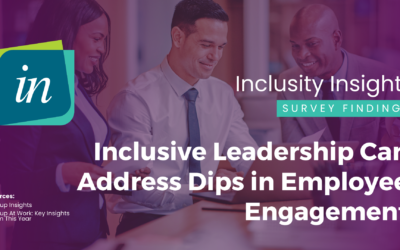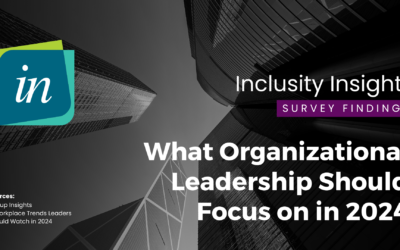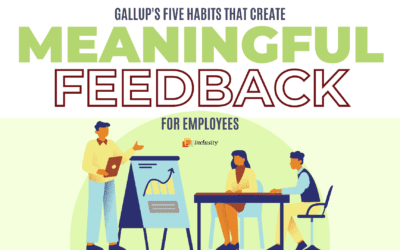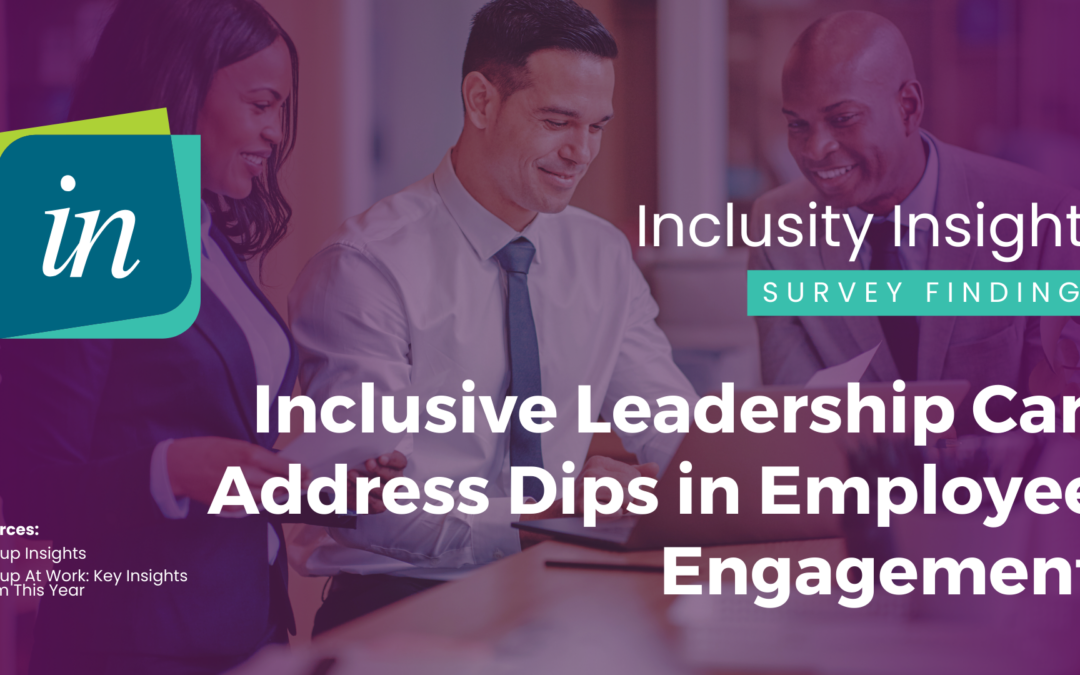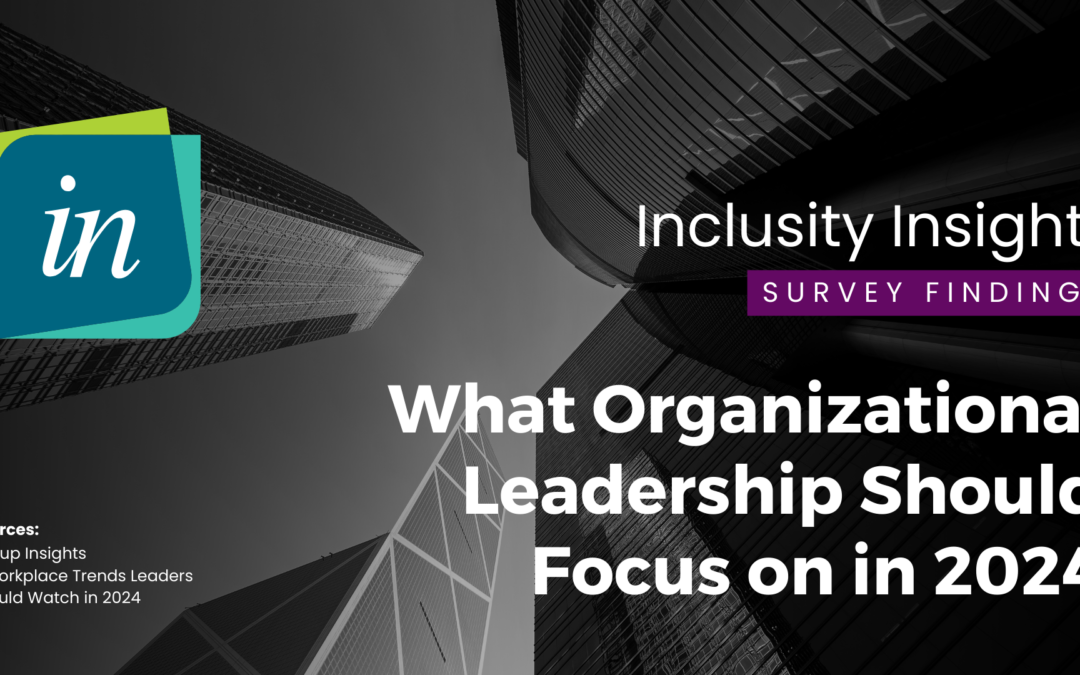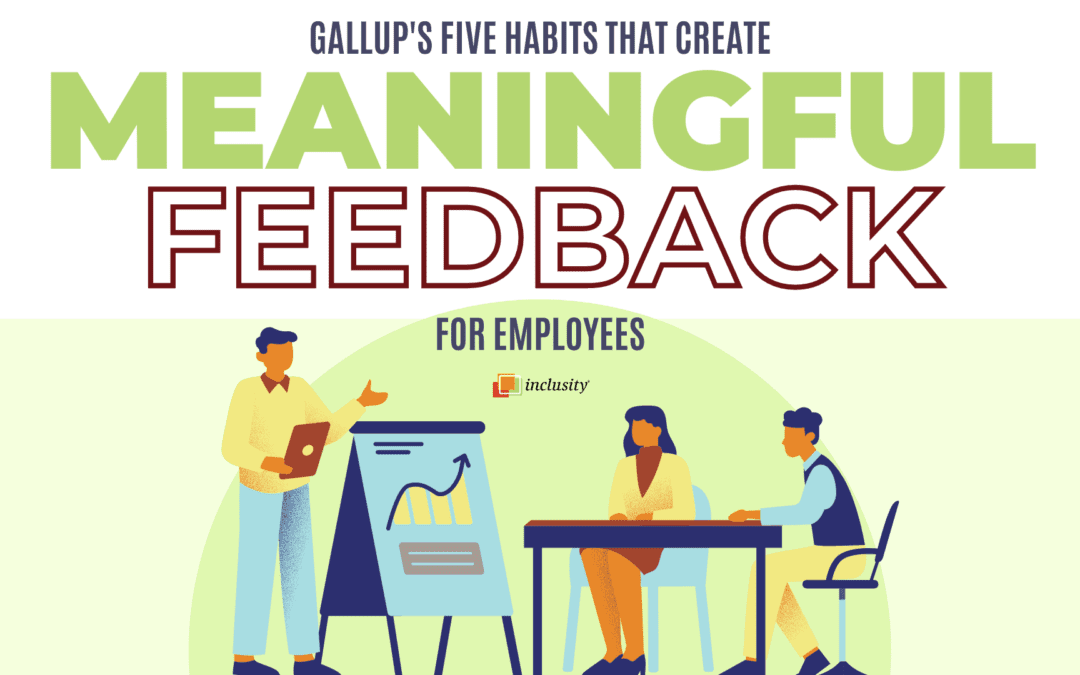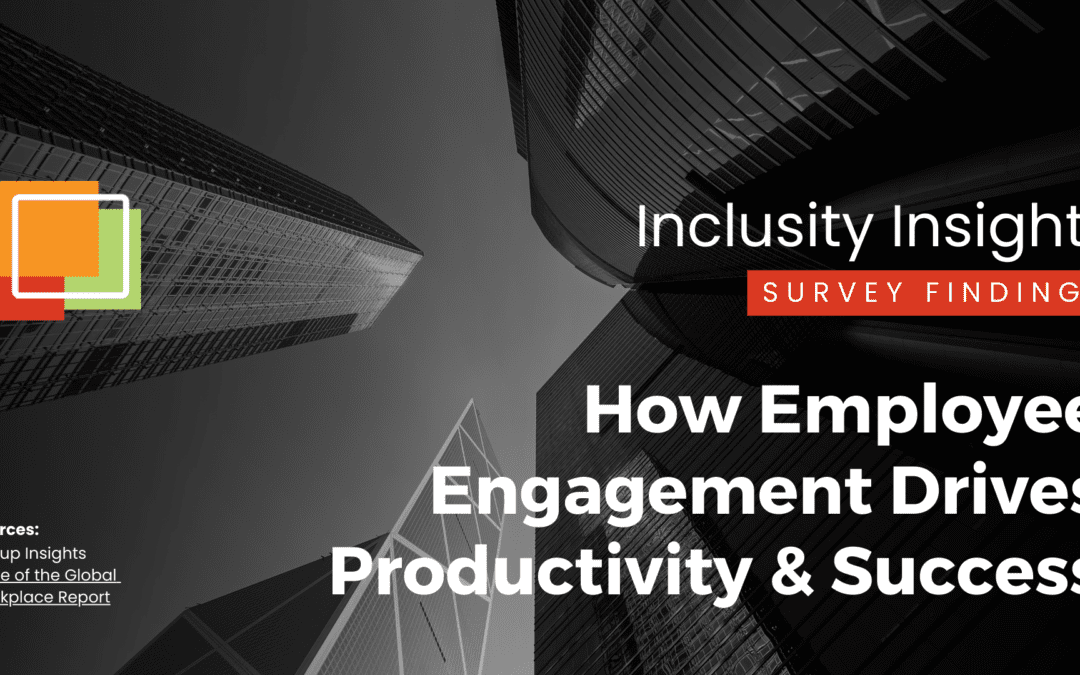So, your organization has decided to make inclusion, diversity, and equity (IDE) a priority. We know IDE culture change is a complex process, and every organization’s journey is unique. However, no matter where you are on your roadmap for developing an IDE program, a culture assessment is the foundational point for an effective IDE initiative.
A culture assessment provides companies with qualitative and quantitative data on their culture, leadership, and equity, including a deep understanding of the views of its workforce and how they experience the organization. A comprehensive culture assessment may include a climate survey (qualitative employee survey), focus groups, leadership interviews, and/or policy review.
A culture assessment identifies areas of opportunity and specific challenges in your organization’s IDE journey to create a strategy for meaningful change. “We want to broadly understand the culture, because we want to do work that aligns with the existing culture,” Mitchell Campbell, Director of Research and Evaluation for Inclusity, shares. “A cultural assessment helps identify an organization’s challenges but also helps us identify positive aspects of culture that we can enhance through the work that we do.”
Inclusity has helped leading companies assess and improve their inclusion and diversity efforts through our comprehensive approach and tailored solutions. Here are some tips to consider when evaluating a company’s culture for IDE:
Measure inclusion, not diversity. One misstep companies take is measuring diversity and mistaking it for inclusion. A company may employ a diverse workforce, but unless diverse employees feel safe, welcomed, and valued, the organization is not inclusive.
Don’t just ask questions about inclusion. When asking questions only about inclusion, you only see part of the picture. Address all the elements of the culture and not just questions about inclusion, even if at face value the question doesn’t sound like it has anything to do with inclusion. For example, asking if leaders are accessible can offer insight about how inclusive an organization is.
Be inclusive of everyone’s perspective. Make sure to talk with individuals at all levels of the organization. Only talking with leaders may give a skewed perspective of the organization. You need the perspective of everyone in the organization, including those in entry level roles and people who are new to the company.
Use a broad definition of diversity. When people think about diversity, they typically think about race, gender, and maybe sexual orientation. You also want to consider things like how long someone has been with the organization, what department someone works in, whether someone is a remote employee, etc. All of these different aspects of someone’s identity in their work role can have an effect on how included they feel, and thus are also important aspects of diversity.
Capture both strengths and challenges in the existing culture. Our instinct is to focus on what’s not going well because that is what we need to change. It’s equally important to focus on strengths of the organization, such as what makes people feel included, because this information helps us to understand what leads to the experience of inclusion within an organization. We can then capitalize on those existing strengths to expand inclusion to others in the organization as well.
Once an IDE culture assessment is complete, it can provide insights to set your organization up for achieving a culture of inclusion. This includes existing strengths that can be capitalized on, existing challenges that need to be addressed, specific social identities that need to receive more or less attention in the inclusion effort, examples about what makes people feel included, and concrete recommendations that can often provide quick wins.
Mitchell uses a medical metaphor to explain the importance of a culture assessment. “When we don’t do a climate assessment, we’re doing the WebMD version of medicine,” he says. “But when we do a climate assessment, we’re doing an in-depth assessment that helps us to better understand the condition and then make specific diagnosis and treatment.”
Contact Inclusity to learn more about how to get feedback from your employees and start taking action to transform your culture and foster equitable and inclusive workplace practices in your organization.


